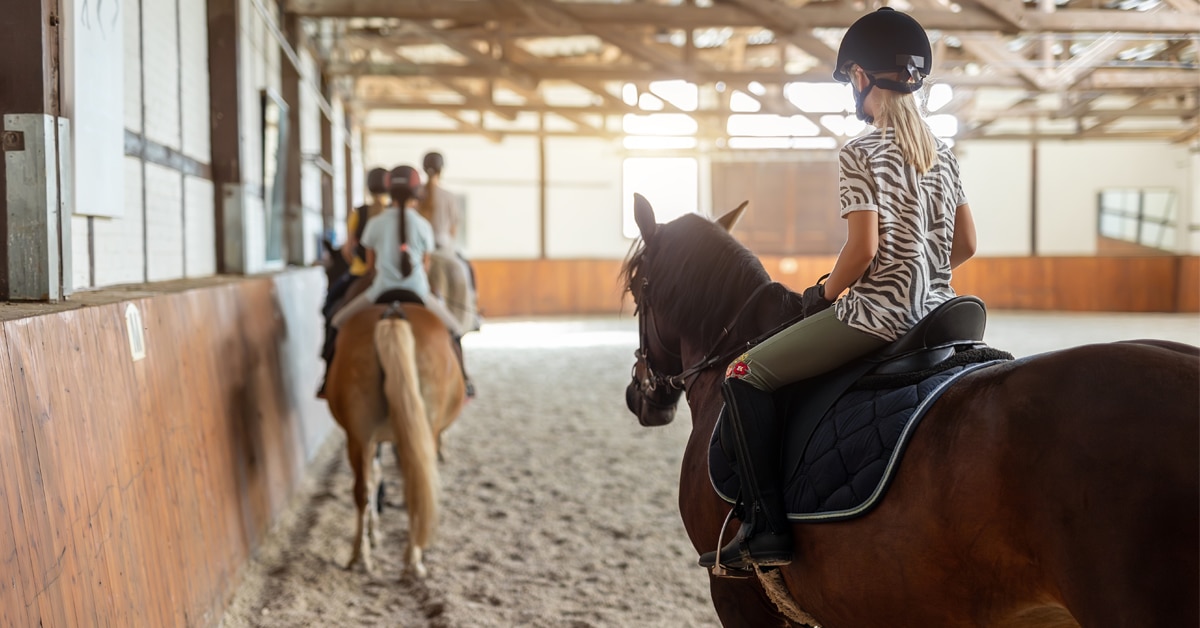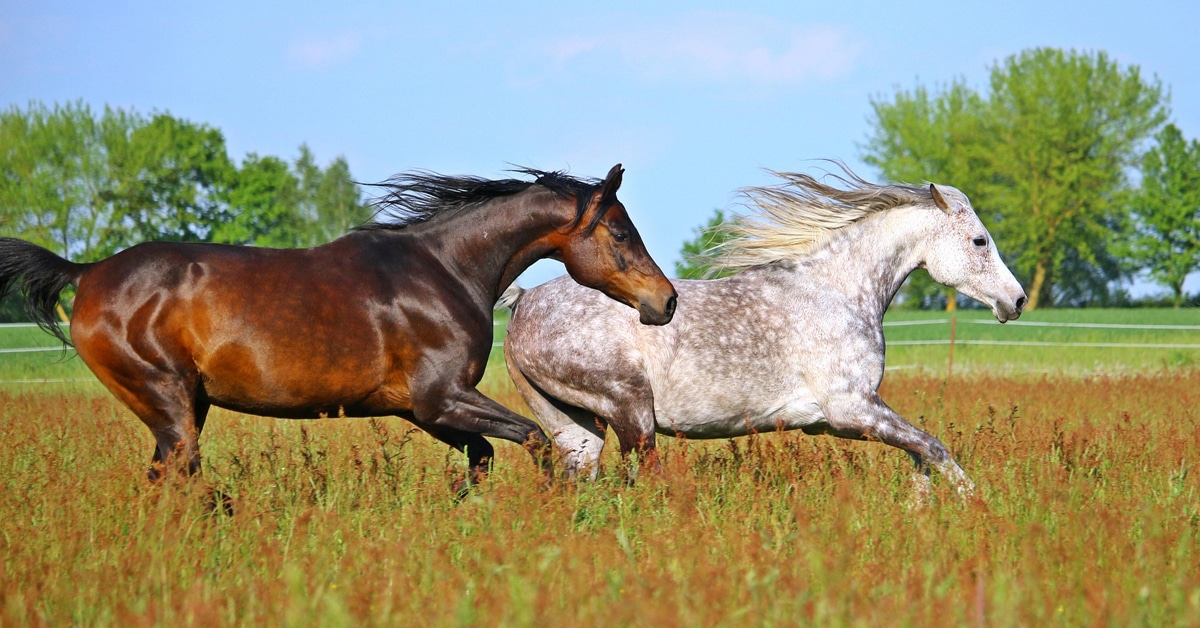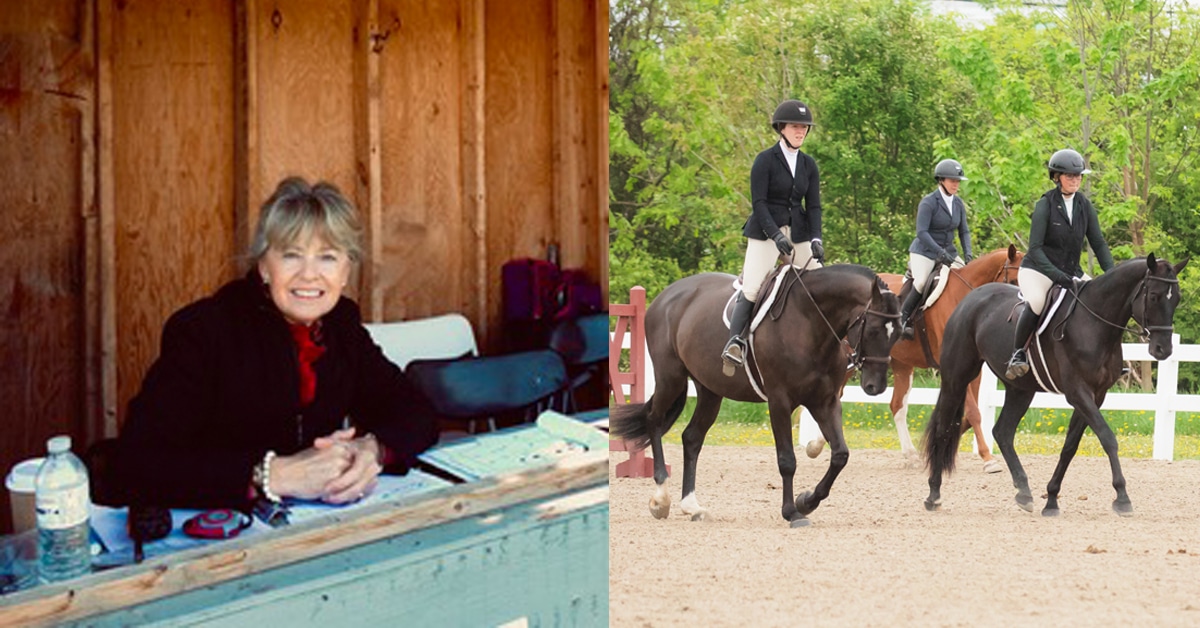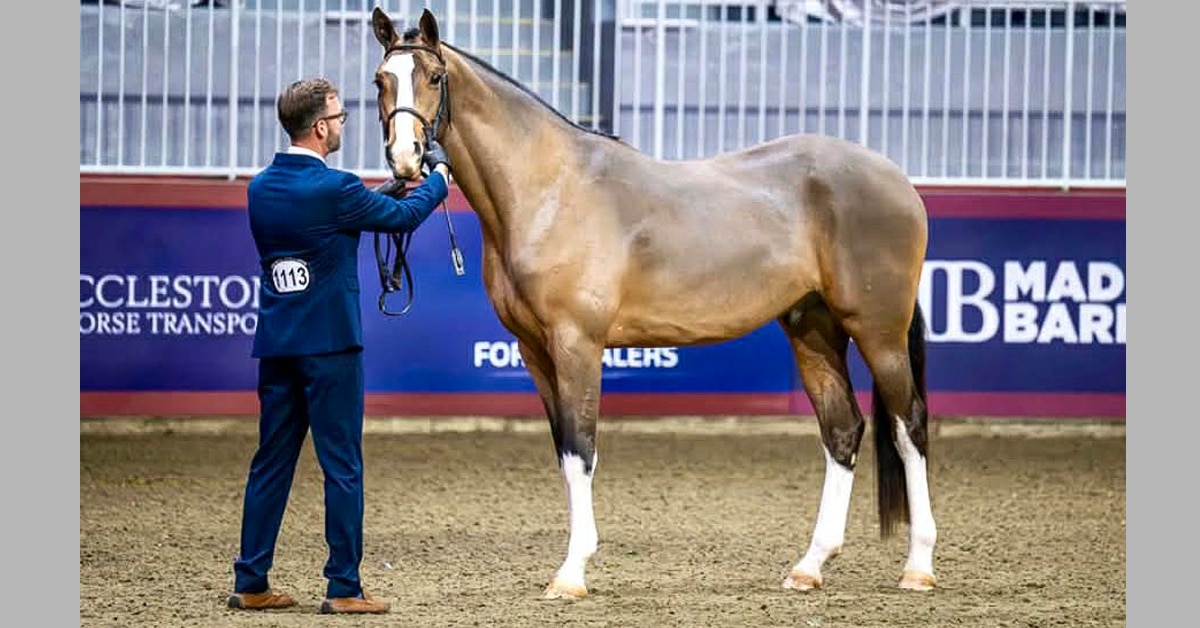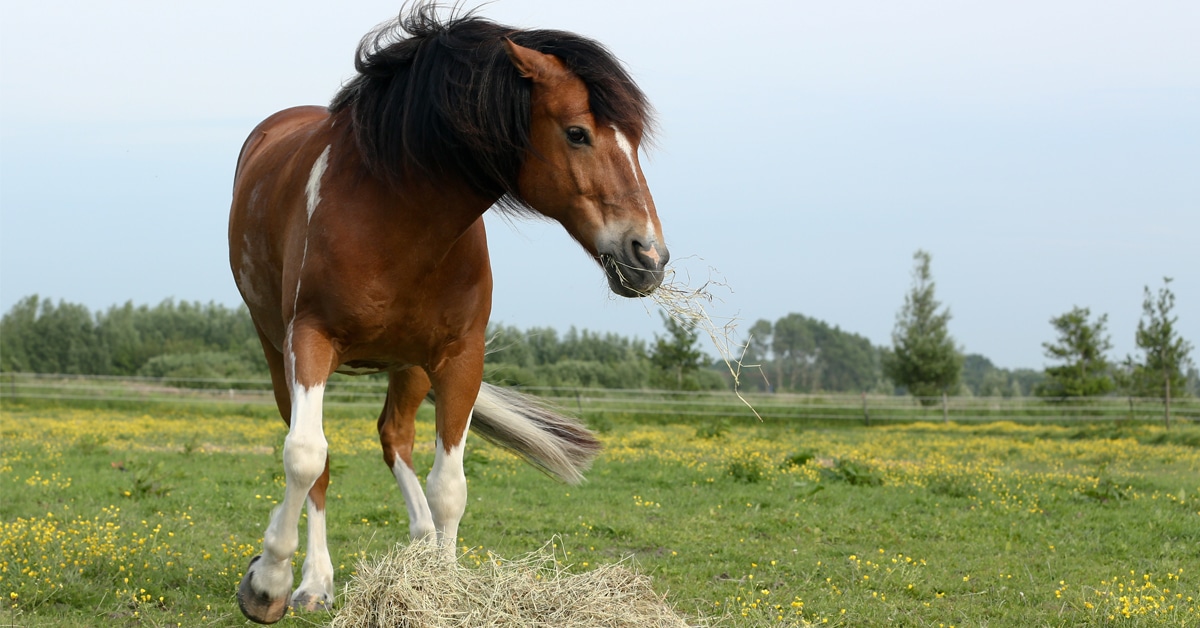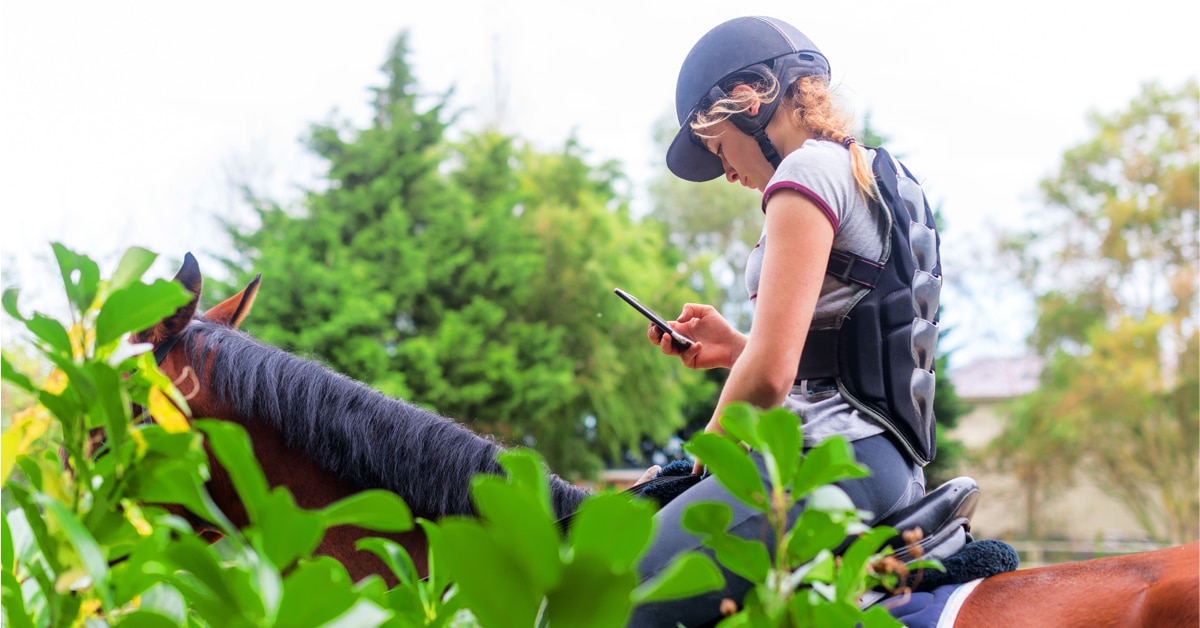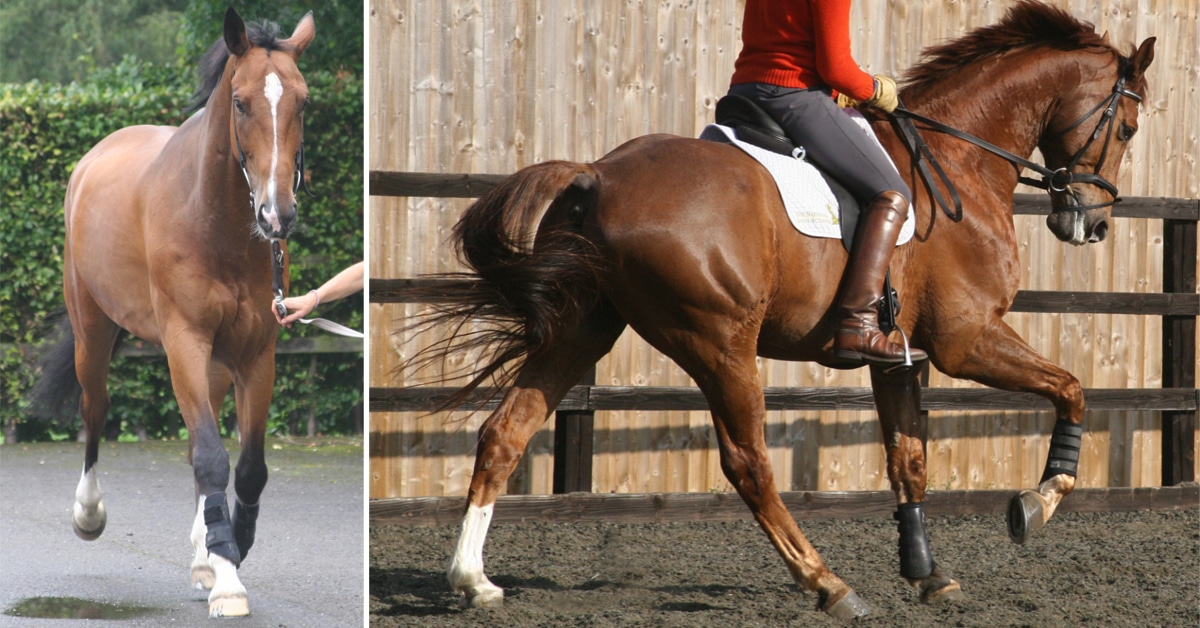Following is an overview of a Spanish-based study which aimed to document the orthopaedic status, lesion distribution, and evolution of injuries in 70 horses undergoing a minimum of five in-depth orthopaedic assessments at six-months’ intervals. The horses were mostly Warmblood (70%) and Iberian (24%) breeds,
Highlights
- Iberian horses had a superior outcome compared with Warmblood horses, which may be of biological significance
- There was a high proportion of persistent or recurrent injuries
- More horses that presented initially for routine evaluation had a good outcome compared with horses with a history of lameness or reduced performance
- Despite the persistence of lameness over serial examinations, many horses were able to increase their level of training and competition performance
- Regular orthopaedic monitoring and targeted treatment may help dressage horses meet their athletic potential
The initial orthopaedic examination was performed either because:
- the owner/rider was concerned that there was a reduction in performance quality
- there was swelling or lameness
- an owner requested orthopaedic examination without suspicion of an underlying problem (a ‘routine’ examination)
- or, for horses less than five years of age, the owner requested assessment of future performance and potential for sale
In-depth orthopaedic examination
The horses underwent at least five comprehensive orthopaedic examinations which included:
1. Visual evaluation of demeanour, posture, conformation, muscle symmetry, hoof capsule shape and size, and behaviour;
2. Systematic palpation of limbs, neck, back, and pelvic region.
3. Range of motion and reaction to passive lower and upper limb flexion of the forelimbs and hindlimbs, and palpation and range of motion evaluation of the back and assessment of topline muscle tone.
4. Movement evaluation in hand, on the lunge on both soft and firm surfaces in circles of 20m diameter, and when appropriate, also during ridden exercise.
If ridden, the rider was asked to work the horse as they would normally do, to include walk, trot, and canter around the periphery of the arena and in circles of 20m and 10m diameter, and to perform the movements in which the rider or trainer had previously noted reduced performance.
Lameness was graded under each circumstance in which a horse was examined on a 0-5 scale:
0 = non-lame
1 = subtle
2 = mild
3 = moderate
4 = severe
5 = non-weightbearing
Additional notes were also made regarding:
- the quality of paces (for example, canter lacked a suspension phase)
- if hypermetria (increased range of motion of the forelimbs or hindlimbs) was present
- if hindlimb weakness, potentially reflecting neurological dysfunction was present (inability to support weight on one hindlimb, to counteract inertia on a turn or limited resistance to tail pull).
Level of performance at the initial examination
The level at which a horse was working/competing was classified as:
1. Young horses (horses up to seven years of age) and amateurs (riders and horses working below Prix St Georges)
2. Prix St Georges
3. Intermediate I and II and International classes for riders under 25 years of age (U25)
4. Grand Prix.
Outcome was defined as:
– good (returned to the previous level of work or higher)
– poor (retired or working at a lower level than baseline)
Nerve blocks, diagnostic imaging and treatment
Diagnostic imaging (radiography and ultrasonography) was based either on the results of each clinical assessment, or after the use of nerve blocks to determine the source(s) of pain causing lameness. For ‘routine’ examinations, all four suspensory ligaments were assessed using ultrasonography. The suspensory ligaments were always evaluated in their entirety (origin, body, and branches). If a soft tissue injury was identified, it was monitored serially using ultrasonography at each subsequent examination.
Treatments, which were tailored to each individual horse and their specific injuries, included:
- targeted joint medication
- extracorporeal shockwave therapy
- corrective trimming and appropriate shoeing
- graduated purpose-designed exercise programmes
Diagnosis and evolution of injuries
- At the initial examination, only three horses were not lame
- The most frequent lameness grade was 2/5
- Front or hind fetlock joint region injuries (osteoarthritis or suspensory branch injury), 58.6%, predominated at the initial examination
- There was a high proportion of persistent or recurrent injuries (90%)
- Metacarpal/metatarsal region pain (predominantly suspensory desmitis) had a high prevalence at all examinations (24.3%–41.4%), and a high proportion of recurrent injury (90%)
- There was an increase in spinal pain comparing the initial and final examinations
- 21.4% of horses with thoracic region pain subsequently developed lumbosacroiliac region pain
- The original injury, diagnosed at the first examination, persisted throughout the study in 40 horses (57.1%)
- Thirty-two horses (54.0%) that had an injury in one limb developed another injury site in the same limb
- Recurrence of the original injury occurred in 58 horses (82.9%).
Factors affecting outcome
- Twenty-six horses (37.1%) increased work level
- Nineteen (27.1%) remained at the same level
- 37% competed at Intermediate I or II, under 25 international, or Grand Prix at the final examination, compared with 3% at the initial examination
- The presence of multilimb lameness at the initial examination did not influence the outcome
- Horses with grade 0 or 1 lameness at the initial examination had a better outcome than horses with higher grades of lameness
- More horses that presented initially for routine evaluation (n = 28) had a good outcome (71%) compared with horses with a history of lameness, reduced performance, or swelling (n = 42) in which 60% had a good outcome
Despite the persistence of lameness over serial examinations in most horses, many were still able to perform and increase their level of training and competition performance, with 61% reaching Prix St Georges level or higher, compared with 30% at the initial examination. The correct training of dressage horses develops musculoskeletal strength and coordination and increased muscle mass, providing axial skeleton stability, which may help to conceal lameness when ridden. Moreover, dressage horses are generally ridden on artificial surfaces, which potentially provide more cushioning than grass, which may enable horses to work reasonably comfortably, despite lameness.
Influence of hypermetria and weakness
Hypermetria (42.9%) or hypermetria and weakness (12.9%) were observed at the initial examination and did not change over time.
Only 22% of horses with hypermetria and weakness had a good outcome
81% of horses with no neurological gait abnormality reached Prix St Georges level or higher compared with only 47% and 44% of horses that were hypermetric or hypermetric and weak, respectively
With hypermetria and weakness, it is possible that some horses did not develop sufficient musculoskeletal strength and coordination to consistently perform the more complex movements required for elite dressage.
Important management factors to consider
The progressive increase in spinal pain over sequential examinations in the current study highlights that careful clinical appraisal of the thoracolumbar region, saddle-fit for horse and rider, and rider position should be integral parts of the routine evaluations of dressage horses.
Rider morphology and size (height and weight) and fit of the saddle for both horse and rider are critical for optimal force distribution in the thoracic region, and if this is not ideal, then epaxial muscle function is compromised, which may have long-term deleterious consequences.
In dressage horses training at Prix St Georges level and above, much of the trot work is performed sitting, which alters loading of the thoracic region and thoracolumbar movement. In sitting trot compared with rising trot, a horse with primary back pain often adapts by further reducing the movement of the thoracolumbosacral region. It is recommended that riders should increase the proportion of training work in rising trot versus sitting trot and in a two-point position rather than a three-point position in canter.

An interesting find in this study was that Iberian horses, such as this Pura Raza Española (PRE), had superior outcomes compared to Warmbloods, with possible reasons ranging from quality of movement quality, inherent soundness and even temperament. (©Sue Dyson)
Iberian horses versus Warmblood horses
82% of Iberian horses had a good outcome compared with 57% of Warmblood horses. This finding of superior outcome may be of biological significance. It is difficult to determine whether this is a true breed difference or reflects the selection of dressage horses by riders and trainers. The Iberian horses were bred in Spain and Portugal, whereas most Warmbloods were imported. Horses are commonly subjected to selection procedures in each country, and the superior horses often remain in their native countries. This may reflect movement quality, trainability, and possibly inherent soundness. The more animated gait characteristics of modern Warmblood horses compared with Iberian horses may result in asymmetry of movement being more obvious and therefore career-limiting. The temperaments of the horses and their ability to continue in work despite discomfort may also be of relevance.
The value of regular orthopaedic evaluations
The most frequent lameness grade at the initial examination was 2/5, although lameness was either not acknowledged or not recognized by the owner prior to the orthopaedic examination. This is an important observation because dressage horses are judged on the quality of their gaits. Some of these horses were not lame when ridden; however, they may have had limitations in their training and decreased scores during competition because of pain, which might only be revealed during an in-depth orthopaedic examination. A previous study demonstrated that high-level trainers failed to recognize hindlimb lameness in 53% of horses when ridden. This suggests that frequent veterinary assessments of dressage horses from a young age might be beneficial for both increasing their quality of performance and extending their careers. This is supported by the observation in the current study that those horses that were presented either for routine assessment, or, at less than five years of age, for assessment of future performance, had a superior outcome compared with those examined for swelling, lameness, or poor performance. This difference may be of biological significance.
Management to optimise performance
In conclusion, regular orthopaedic monitoring and targeted treatment may help dressage horses meet their athletic potential.
- Regular application by owners of the Ridden Horse Performance Checklist may facilitate early recognition of a pain-related problem, because it would be highlighted by a rising score of behavioural indicators. Early intervention and appropriate management of problems should improve comfort and trainability, reduce mistakes, prevent fatigue, and thus improve the scores obtained at competitions.
- Training and management programmes should be tailored to minimize the progression of injuries and to give ample recovery time between intense episodes of work. Training techniques should be slowly progressive, with an emphasis on developing the correct muscle groups of the cervicothoracolumbar regions, the thoracic girdle, and the pelvis. It is also recommended for young horses that excessive work in circles and extended trot should be limited because these are common scenarios for a first episode of suspensory desmitis.
- Excessive body condition score is a risk factor for suspensory injury, and dietary management should be considered as a preventative measure and during rehabilitation after injury.
- Maintenance of correct hoof balance and orientation of the pedal bones by appropriate trimming and shoeing is also important.
- The selection and maintenance of appropriate work surfaces are critical. Work programmes should include cross-training to optimize proprioceptive function and to reduce the risk of repetitive strain injuries.
- It is advised that during warmup prior to a competition, the aim is to mobilize a horse in as stress-free a manner as possible, to avoid repetitive overload and muscle fatigue, to minimize injury risk, and to optimize performance.
Conclusions
Regular monitoring, accurate diagnosis, targeted treatment, and appropriate management may enable dressage horses to fulfil their athletic potential and compete at the highest level despite orthopaedic problems.
The Latest

